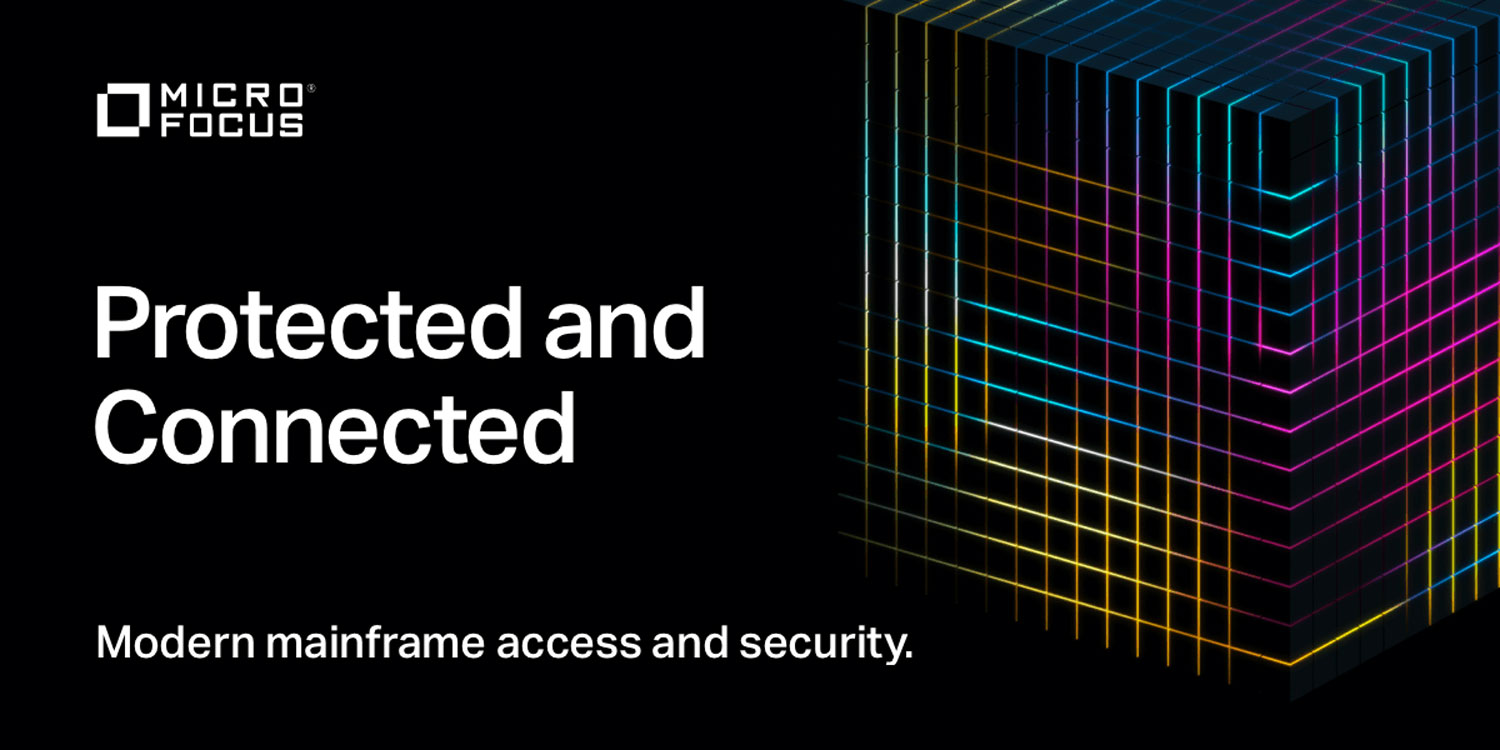 The business world is abuzz with talk of business automation, and companies are allocating big budgets to this new investment priority. But mainframe systems often get left in the wake of exploding emphasis on cloud computing. We present two ways to bridge the gap between the old and the new.
The business world is abuzz with talk of business automation, and companies are allocating big budgets to this new investment priority. But mainframe systems often get left in the wake of exploding emphasis on cloud computing. We present two ways to bridge the gap between the old and the new.
Organisations are looking for quick ways to automate appropriate tasks without having to rebuild their core systems entirely — or even substantially. Why? Because doing so enables business automation platforms’ promise to build organisational bridges between core internal systems, which tend to be rigid by necessity and nature, and fluid external market and industry expectations, which expect agile responses to those demands and don’t care about the limitations of core IT systems.
But charity begins at home, and business automation platforms promise huge benefits to employees. They will increasingly be able to leave more routine administrative tasks that require rapid processing power rather than human intelligence and focus on more complex (and hopefully important and rewarding) activities. More empowered employees tend to be more fulfilled and productive.
Don’t forget the mainframe
Older IT systems can’t just be ignored by default, and business automation projects should be realistic about the need to include them where necessary. The modern focus is on moving off-premises and into the cloud to facilitate innovation. There’s strong momentum with the software-as-a-service (SaaS) movement — and rightly so. SaaS applications fulfil some important requirements in terms of business scalability and agility.
But mainframe systems, which although they’ve been around for much, much longer, remain the backbone of many business IT stacks, often get left in the wake of talk about the cloud. As such, they simply cannot be ignored — nor should they be underestimated. They have a longstanding reputation for impressive reliability. They are the faithful workhorses of big business and continue to deliver strong performance even when placed under strenuous workloads.
A tale of two bridges
We see two ways for businesses to bridge the integration gap between innovation, cloud-based automation platforms and ageing mainframes. These are 1) terminal emulation and 2) service enablement:
- Terminal emulation technology links automation software instances and hosts directly, on a peer-to-peer basis.
- Service enablement creates a buffer by means of host integration software. The buffer allows for flexible interactions between host-based applications and automation platforms.
Automation – beyond RPA
There’s a tsunami of attention budget crashing on the beach of business automation right now. To date, it has focused mainly on robotic process automation (RPA) adoption. But it’s not enough.
Organisations must move beyond RPA if they expect to maximise the benefits of business automation and achieve the return on investment demanded by boards and shareholders. Hybrid business automation strategies are emerging. They often involve combinations of technology that extends beyond RPA to application integration based on API and workflow automation, among other things.
Terminal emulation is easy, and greatly benefits point solutions — single automation use cases built specifically around RPA. But simplicity isn’t the only consideration. Where automation has to meet the demands of multiple use cases that require application interfaces in host-based environments, other issues arise. In such circumstances, it’s more important to allow service enablement. Its benefits rapidly overtake those of a focus on the simplicity offered by terminal emulation.
Businesses that want to maintain or build market leadership using business automation as a strategic lever should adopt a deliberate and considered approach. As urgent as the business automation imperative is, integration with (still surprisingly prevalent) mainframe systems is no cakewalk. An early misstep can have serious financial and risk repercussions in the long term.
About Micro Focus
Micro Focus is one of the world’s largest enterprise software providers. We deliver mission-critical technology and supporting services that help thousands of customers worldwide manage core IT elements of their business so they can run and transform — at the same time. Find out more at www.microfocus.com.
- The author, Emile Burger, is MD of Micro Focus
- This promoted content was paid for by the party concerned




